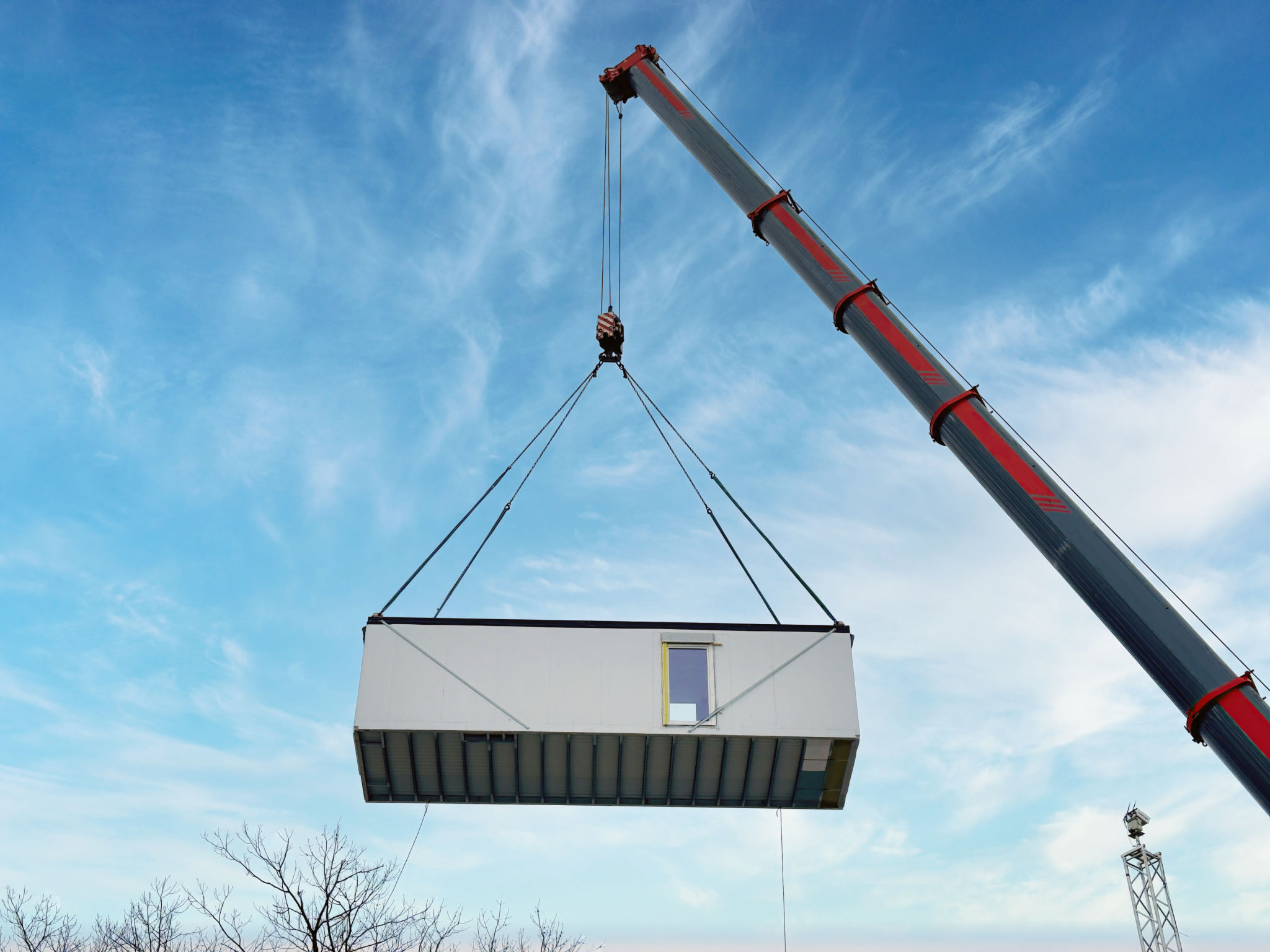Top Construction Trends Shaping the Real Estate Market
Introduction
The construction industry is undergoing a significant transformation, driven by technological advancements, sustainability concerns, and changing consumer demands. These trends are not only reshaping the way buildings are constructed but also influencing the broader real estate market. Staying abreast of these developments is crucial for stakeholders who wish to remain competitive in this dynamic field.
Embracing Sustainable Practices
One of the most prominent trends in construction today is the emphasis on sustainability. With growing awareness of environmental issues, builders and developers are increasingly adopting eco-friendly practices. This includes the use of sustainable materials, energy-efficient designs, and waste reduction strategies. By minimizing the environmental impact of construction, companies can meet regulatory requirements and appeal to environmentally conscious consumers.

Green Building Certifications
Certifications like LEED (Leadership in Energy and Environmental Design) are becoming more sought after. These certifications provide a framework for sustainable building design, construction, and operation. Properties with such certifications often have higher market value and attract environmentally conscious buyers and tenants.
Integration of Smart Technology
The integration of smart technology into construction and real estate is another trend that is rapidly gaining momentum. Smart buildings equipped with IoT devices can significantly enhance operational efficiency, reduce energy consumption, and improve the overall user experience. Features like automated lighting, climate control, and security systems are becoming standard in modern constructions.

Building Information Modeling (BIM)
Building Information Modeling (BIM) is transforming the way construction projects are designed and managed. BIM provides a digital representation of a building's physical and functional characteristics, allowing for better collaboration among all stakeholders. This technology enhances precision in planning, reduces errors, and facilitates informed decision-making throughout the construction process.
Prefabrication and Modular Construction
Prefabrication and modular construction are revolutionizing the industry by offering cost-effective and time-efficient building solutions. These methods involve constructing components off-site and assembling them on-site, which can significantly reduce construction time and costs. This approach is particularly beneficial in urban areas where space and resources are limited.
Benefits of Modular Construction
The benefits of modular construction extend beyond cost savings. It also offers improved quality control, as components are manufactured in controlled environments. Furthermore, modular construction can reduce waste and environmental impact, aligning with broader sustainability goals in the industry.

Focus on Resilient Design
As climate change continues to pose challenges, resilient design is becoming increasingly important in the construction sector. Buildings designed to withstand extreme weather conditions and natural disasters are in high demand. This includes structures that can endure hurricanes, floods, and earthquakes, ensuring long-term safety and viability.
Innovations in Materials
Innovative materials such as cross-laminated timber (CLT) and high-performance concrete are being utilized to enhance building resilience. These materials offer superior strength and durability while also contributing to sustainability efforts. The use of such materials reflects the industry's commitment to creating safer and more sustainable living environments.
Conclusion
The construction trends shaping the real estate market underscore a shift towards more sustainable, efficient, and resilient practices. By embracing these trends, developers can not only meet regulatory demands but also enhance the value of their properties and appeal to a more informed consumer base. As these trends continue to evolve, staying informed will be key to thriving in this ever-changing landscape.

